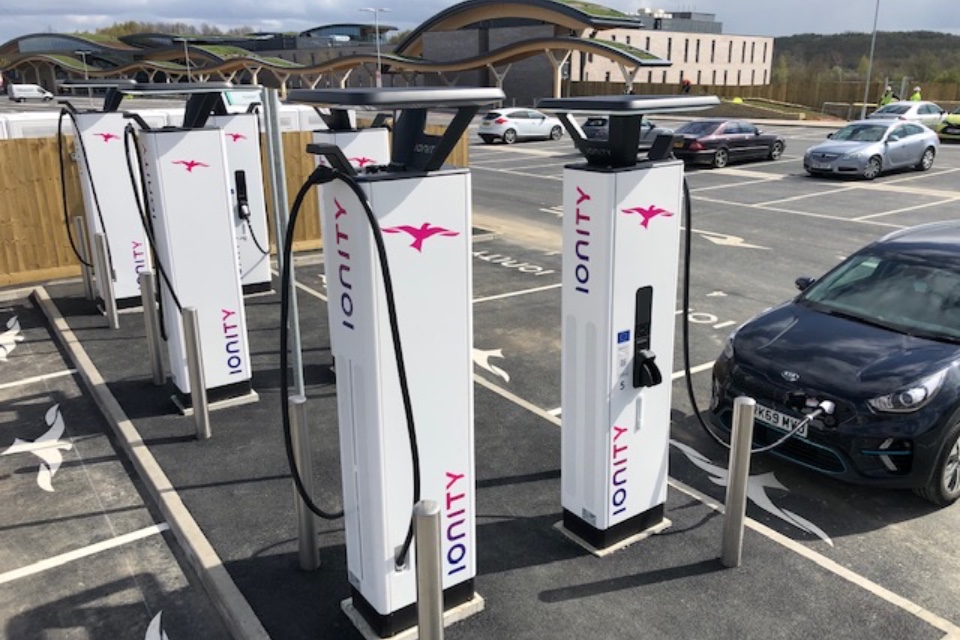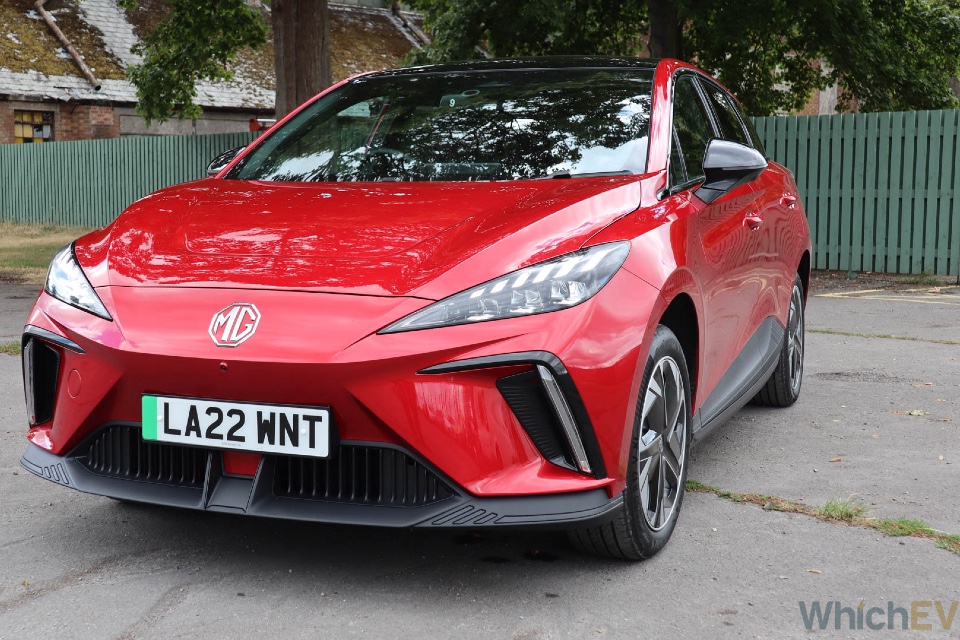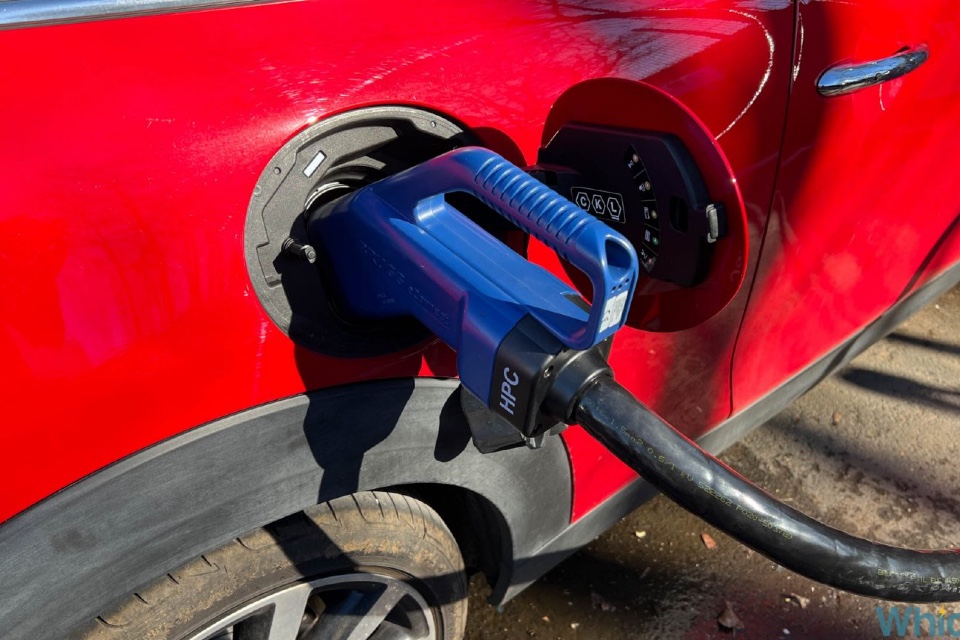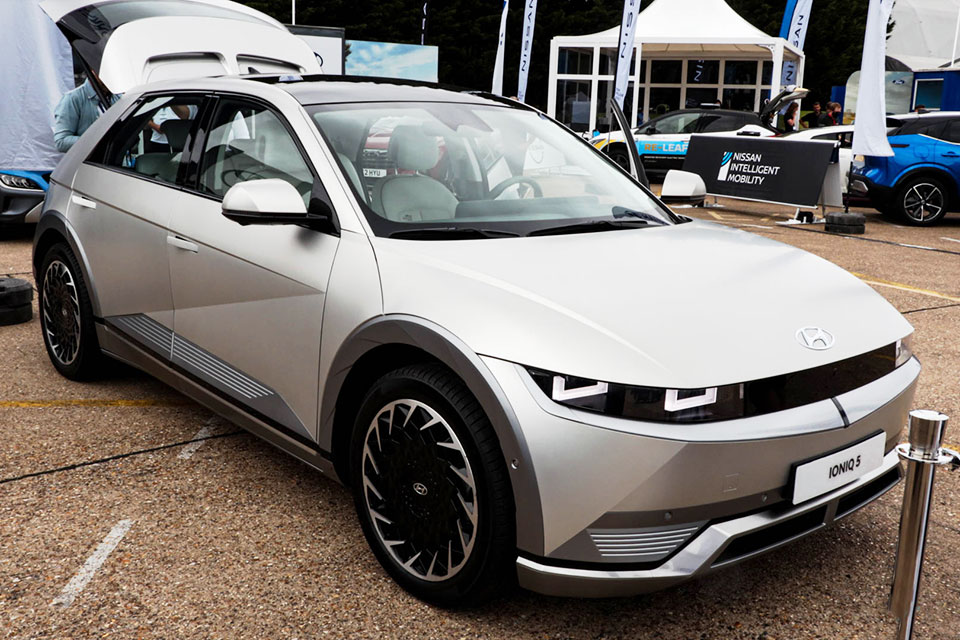Running an EV still much cheaper than petrol or diesel
https://fleetservicessummit.co.uk/wp-content/uploads/2023/01/WhichEV-2.jpg 960 640 Stuart O'Brien Stuart O'Brien https://secure.gravatar.com/avatar/81af0597d5c9bfe2231f1397b411745a?s=96&d=mm&r=gBy WhichEV
Since the start of the war in Ukraine, the news has been full of stories about the huge increases in price for energy of all varieties. That has led to a splash of stories about how much the cost of charging an electric vehicles has sky-rocketed. But what is the reality? Mina has released a detailed report into the ways in which fuel costs have changed – and how that has impacted the cost of charging EVs for business.
The RAC has been tracking average mileage per driver in the UK, over a number of years. It has been dropping steadily and will likely be close to 7,000 miles for 2023. That works out at 19 miles per day, 133 per week and 578 per month. If you have an EV with a 70kWh battery, then you’re likely to clear 250 miles range per full charge. Heading into Q4 2022 and ‘filling up’ at an average of 30p per kWh, that would mean a fully-charged cost around £21.
In Mina’s research, the majority of charging (close to 80%) was completed on reduced-rate tariffs (for example overnight), either at home or at work. Those rates can still be under 15p per kWh. Public charger prices shot up in the summer of 2022, but started to calm down in Q4. These rates are often used in sensationalist headlines by the national media – when they seem to want to push the agenda, “EVs now cost the same as petrol and diesel to fill-up”.
Filling most petrol and diesel cars will need around 55 litres of fuel at a cost of at least £1.50 per litre – which would make a tank cost at least £82. You can make the argument that traditional cars often achieve 30mpg, so a tank of fossil fuel will take you closer to 360 miles or 1.4 times further than a full battery, in our example.
So what is the direct price comparison for fuel, between the two systems?
Filling up with fossil fuel 1.6 times (to hit the monthly average mileage) will come to around £132. Getting that mileage from an electric vehicle will cost closer to £53. Even if you allow for a 50% higher charging cost for the EV (assuming that you want to re-charge ‘on the road’ much more often than average), you would still be saving over £50 every time that the petrol/diesel vehicle needed to refuel. If that happened 20 times over 12 months, then your advantage in choosing an EV would be around £1,000 a year. That is a minimum saving on fuel alone – the reality could be much higher.
At the time of going to press, you would also have advantages in terms of BiK and free access to city centres etc – so the financial argument for EVs in business is still very strong.












